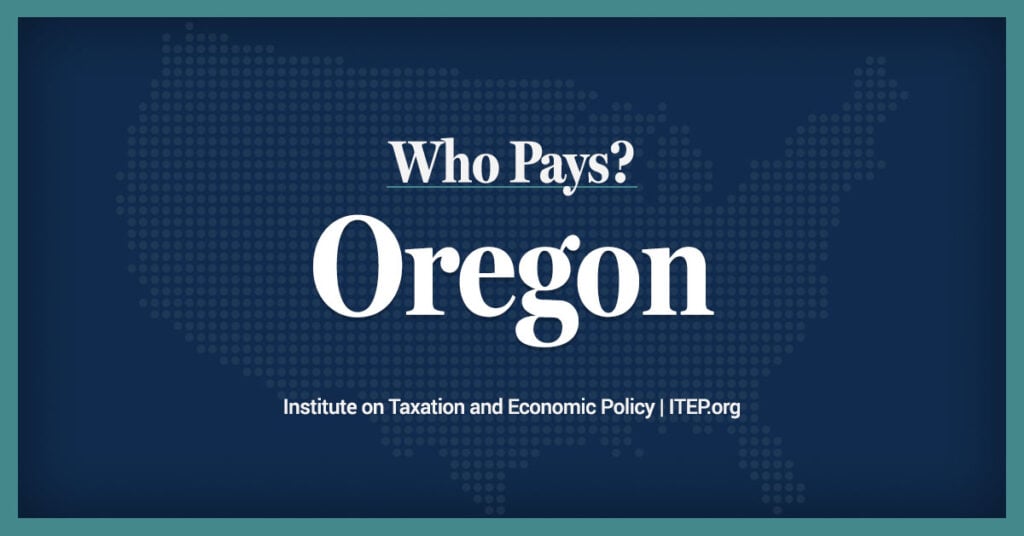Written by Kris Nelson
Commentary
The flaws in Oregon’s property tax structure have begun to receive widespread attention.
The tax rate limitations and use of taxable assessments emanating from Measures 5 and 50 have resulted in economic distortions and disparities in tax bills among property owners.
Our previous study of the cumulative effects of Measure 50 limits on assessed values in Salem revealed a troubling pattern: tax burdens are shifted off rapidly appreciating properties (usually occupied by higher income households), resulting in a tax shift onto properties with slower-growing or decreasing assessed values. The most objectionable feature of property taxes for most homeowners is a disconnect between their tax bill and their ability to pay the tax, or the actual appreciation in property values they experience.
Oregon’s property tax structure is a good example of perverse incentives. Because buildings are taxed at the same rate as land, owners have no incentive to invest in property improvements; doing so will result in higher taxes.
What are the best solutions to this broken tax structure? The League of Oregon Cities’ “reset on sale” to real market value (RMV) could take up to 30 years to complete the process of turning over the housing stock. Then, if the assessment growth limit isn’t permanently replaced through a constitutional amendment, the same inequities “reset” and continue to build. We are encouraged by the League’s pursuit of a constitutional fix to exempt a local option levy from the rate limits, but we believe the property tax system’s brokenness is so severe it warrants a permanent solution.
According to organizations such as the Institute on Taxation and Economic Policy, assessment caps are among the least fair and least effective tax strategies available.
There is a highly regarded alternative tax system that would protect property owners from unfair treatment, return to RMVs, support local desires to fund schools and vital services and end economic distortions through built-in tax incentives that lead to local job creation and expanded tax bases. Consider the success of many jurisdictions in Pennsylvania, Australia, Taiwan and elsewhere that have adopted a land-based property tax.
Legitimately created value belongs to the creator of that value; a differential-rate land value tax upholds this principle. Where a higher tax rate on land assessments is offset by a lower building rate (revenue neutral), owners invest more in buildings. Land values are virtually independent of property owners’ actions; they are created by public investments and location advantages.
Many experts consider land value taxation (LVT) the most progressive of all taxes.
Isn’t it time the Legislature shows leadership on getting to a permanent solution? For starters, it could initiate a task force to weigh the equity and economic incentive effects of a land value tax with a revenue limit.





